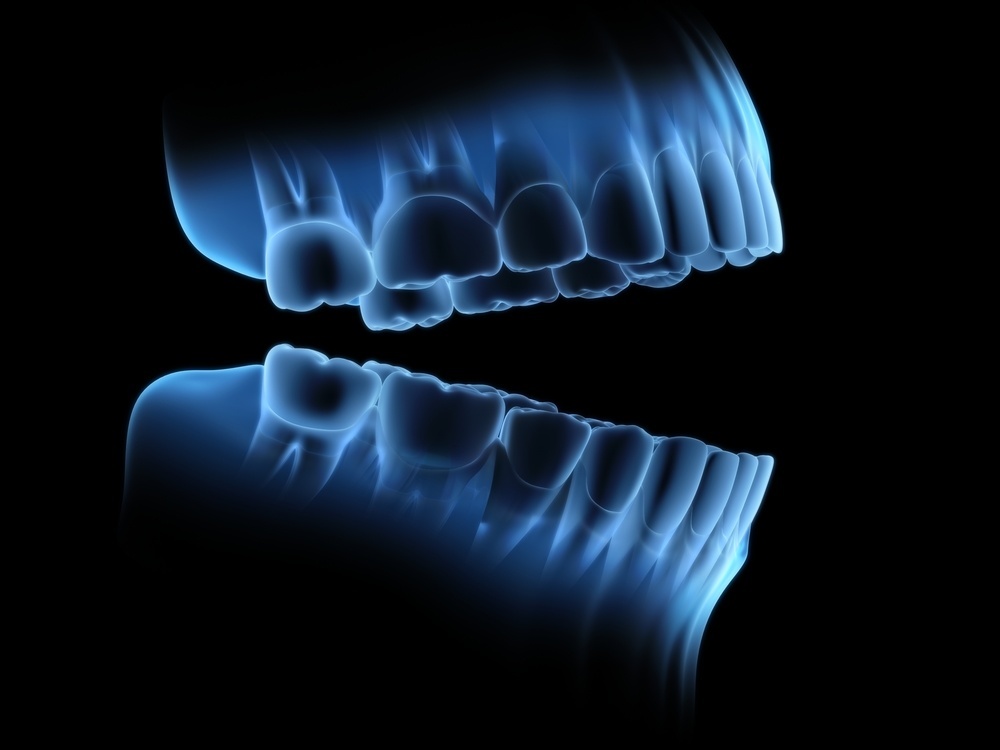
20 Oct Understanding Corrective Jaw Surgery
Corrective jaw, or orthognathic, surgery is a procedure to correct a wide range of skeletal and dental irregularities including misaligned jaws and teeth. In many instances when the irregularity exists solely with the teeth, an orthodontist is able to correct the issue with braces or other non-surgical procedures. However, if the problem is skeletal, meaning the jaw itself is out of line, corrective jaw surgery may be necessary.
Common Types of Jaw Misalignment
Development of the jaw is a gradual process. As such, the upper and lower jaw may grow at different rates resulting in a misalignment. Three of the most common types of jaw misalignment include:
Open bite: An open bite occurs when the teeth of one jaw don’t touch the teeth of the other jaw when the mouth is in a closed position. Based on the cause of this misalignment an upper jaw, lower jaw or upper and lower jaw surgery maybe necessary.
Underbite: An underbite occurs when the bottom teeth, lower jaw, protrude further than the upper teeth and upper jaw. This may be caused by irregular growth of one or both of the jaws. Depending on the source of the underbite, the lower jaw may be shortened or the upper jaw may be lengthened to correct the alignment of the bite. Once in place, the jaw is secured with screws and plates.
Overbite: Overbites can often be corrected with non-surgical procedures. However, if the jaw protrusion is too great, surgery may be required. To correct an overbite, bone in the lower jaw is separated from its base and repositioned. Once properly aligned, plates and screws are used to secure the new position of the jaw.
Benefits of Corrective Jaw Surgery
Reasons for having corrective jaw surgery are different for each patient. However, some of the most common problems that may be alleviated by surgery include:
- Difficulty chewing, biting, and swallowing
- Problems speaking
- Chronic pain or discomfort related to TMJ disorder
- Breathing problems
- Issues related to obstructive sleep apnea
Many patients also elect to have corrective jaw surgery for esthetic reasons. Simply, they are unhappy with the way their jaw looks. Surgery can help create a more symmetrical and visually appealing face.
Recovering from Corrective Jaw Surgery
Although every patient is different, most people are able to return to school or work one to three weeks after surgery. The initial healing process after surgery takes about six weeks while complete healing of the jaw may take nine to 12 months. During the initial healing, patients may be placed on a modified diet that first includes only liquids before gradually being reintroduced to solid foods.
Am I a Good Candidate for Corrective Jaw Surgery?
Someone who has a misaligned jaw or teeth or suffers from any of the problems listed above may be a candidate for corrective jaw surgery. The best way to determine whether surgery is necessary is to schedule a consultation with an Orthodontist or Oral and Maxillofacial Surgeon.
Do you think you may be a candidate for corrective jaw surgery? Contact Dr. Mazen Duraini today to set up a consultation to discuss your problems and possible treatment options.



No Comments